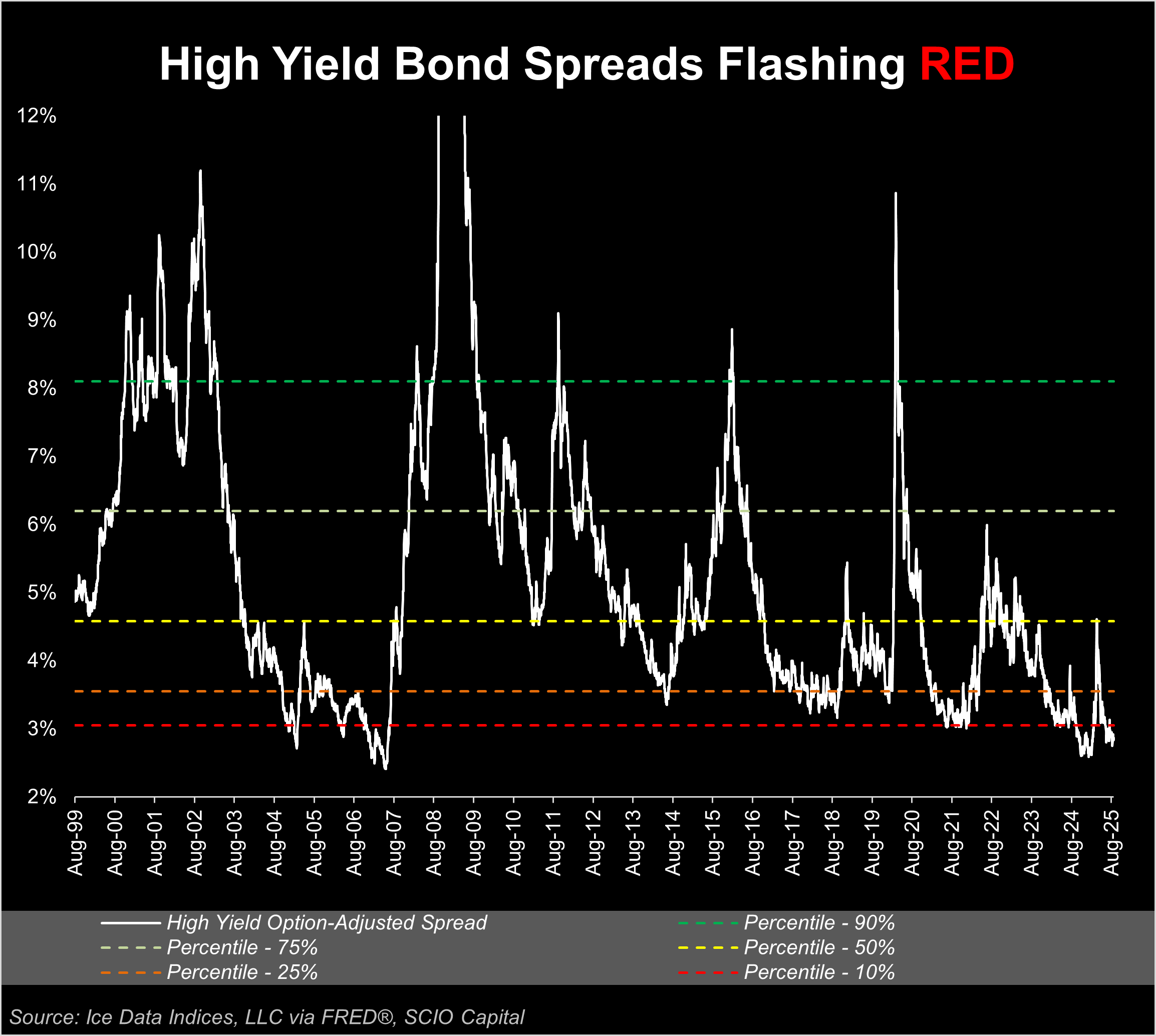
Maximizing Wealth with Asset-Based Lending: Choosing the Right Credit Fund Manager
Professional investors allocate significant time and resources to the selection of fund managers. They recognise that the difference in performance between top and bottom managers can be substantial. For example, managers in the top decile of high-yield bond funds have generated about 20% more total return than those in the bottom decile over the past five years.
But is it possible to identify which managers are likely to outperform? We believe it is, especially in the realm of credit investing, where the nature of debt is inherently asymmetric.
Understanding Asymmetry in Credit Investments
Unlike stocks, where the potential for gains is unlimited, the upside in credit investments is generally capped at the bond’s coupon rate, assuming the bond is priced at par. This means that successful credit investing must focus intensely on minimising losses. Top credit managers prioritise downside protection, using their extensive experience and specialised knowledge to make sound investment decisions.
Challenges in Decision-Making
However, making investment decisions based on logic and reason rather than emotion is challenging due to the cognitive biases hard-wired into humans. While we may like to believe that we can make objective, pragmatic decisions, cognitive biases influence our brains to make decisions or judgments based on emotions or past events. Despite these challenges, recognising and overcoming these biases is crucial for investment success.
Key Biases to Overcome for Investment Success
- Herd Mentality Bias: Following the herd can seem safe, but in investing, it often leads to ruin. Warren Buffett’s advice, "Be greedy when others are fearful and fearful when others are greedy," underscores this point. A prime example is Wirecard, where despite clear warning signs, the allure of its rapid growth and high-profile investors misled many. To counteract this, SCIO prioritises independent, thorough research over public credit ratings.
- Extrapolation Bias: This bias involves projecting recent trends into the future, aka “the trend is your friend” (ironically, I first heard this expression on the Lehman trading floor in the early 90’s). Several decades later, I have learned – often the hard way – that this is not always the case. Extrapolation bias played a significant role in the U.S. subprime crisis, where investors failed to account for potential spikes in interest rates.
- Risk Aversion Bias: This bias causes investors to hesitate in selling off losing investments, which is particularly detrimental in credit markets where upside is limited. For credit managers, it is vital to cut losses early rather than HODL (crypto slang for “Hold On for Dear Life”) and incur greater losses later. It’s worth mentioning that private credit, with no liquid market, exemplifies a unique challenge due to the difficulty in exiting weakening positions. This is one reason we prefer asset-based loans over corporate credit, as they allow for the seizure and sale of collateral to recoup investments.
Conclusion
Navigating the complexities of credit fund management requires more than just financial knowledge—it demands an understanding of psychological influences on decision-making. By recognising and mitigating common biases like herd mentality, extrapolation, and risk aversion, investors can better position themselves for success. With the strategic use of tools like asset-based lending, investors can navigate a more controlled environment for capital growth. Choosing an experienced credit fund manager who adheres to disciplined, bias-aware strategies is essential for anyone serious about creating lasting wealth through investments.

.svg)



.png)






.svg)






